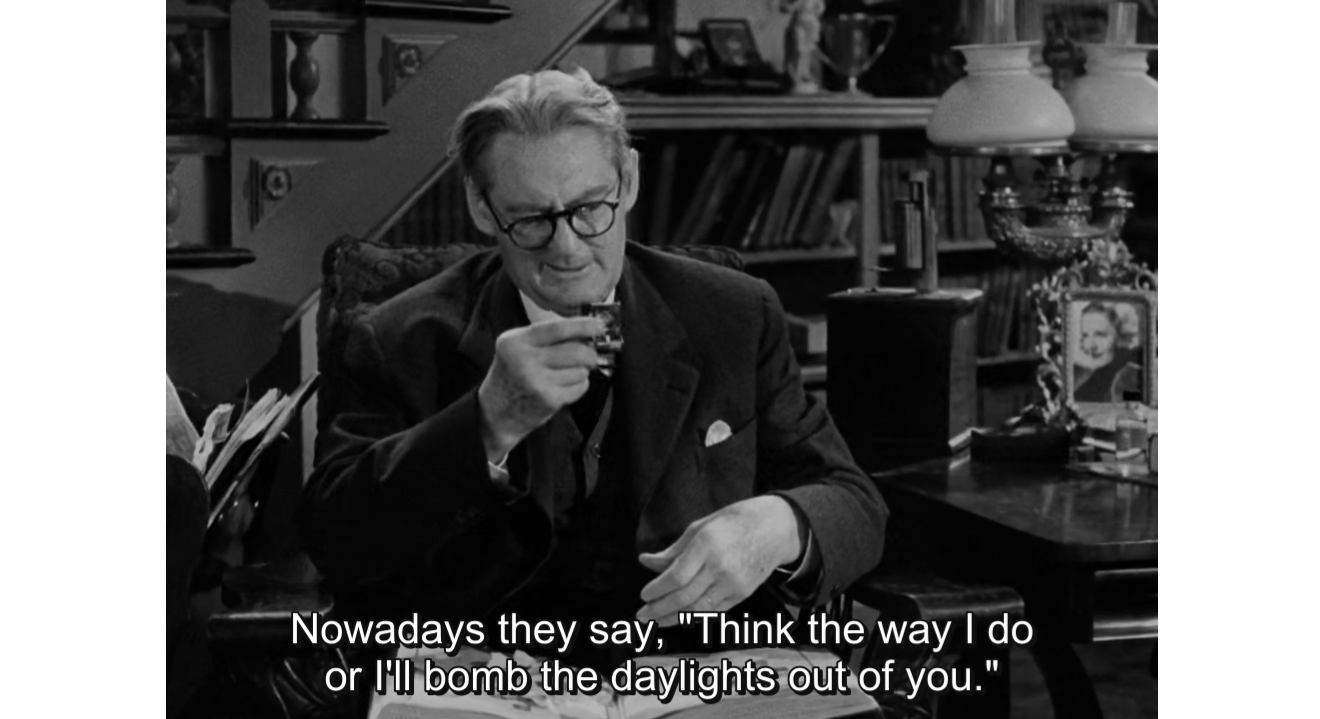Keith Sicat's Woman of the Ruins: A Marriage in Ruins
Sicat claims Ishmael Bernal’s Himala (Miracle, 1982) as an unconscious inspiration for his film. However, Bernal’s masterpiece is not as consciously crazed as Woman of the Ruins If there is one classic that resembles most the moods, themes and rhythms of Sicat’s allegory, it is Elwood Perez’s Silip (Daughters of Eve, 1985), the screenplay of which was also written by Himala’s writer, Ricardo Lee. Perez’s film features a parochial community, not unlike the one that lives in Sicat’s desolate ruins, that is overwhelmed with religious fervor. The arrival of a woman breaks the calm, testing collective morality amidst dogmatic dedication.
Lee served as Sicat’s creative consultant for Woman of the Ruins. Sicat however has more to say about religion than the hypocrisy that it naturally germinates, which seems to be the unifying theme of Lee’s screenplays for Himala and Silip. Where Bernal and Perez’s masterpieces pertain to communities that expose darkened hearts amidst spiritual convictions, Sicat’s film depicts a community strangled by communal norms.
In the spotlight of Sicat’s interests is Pasyon and Maria’s marriage, which essentially is just fiction arising from the community’s persevering beliefs. Immediately depicted by Sicat as grossly imperfect, the film’s central marriage persists not out of love but of pressure and necessity.
Rape and torture then become logical after-effects of a forced relationship. Forgiveness is forthcoming, given societal and religious pressures. The sins, however, are never erased. They gnaw on whatever remains of the marital union until nothing is left, except a stark desperation to escape despite the limitations society provides.
In a way, despite its obviously foreign landscapes, Woman of the Ruins reflects present-day society, where religion has a grab hold of the very concept of marriage and gender roles remain steadfast despite modernity.
In one scene, Sol (Peque Gallaga), who serves as the community’s wizened leader who keeps an almost perverse eye on the affairs of everyone, urges Sabel (Chanel Latorre) to become a mother. The exchange leads to her and Maria’s rape by unknown perpetrators, a sequence visually reminiscent of Silip’s devastating conclusion. The horrid crime eventually leads to her and Maria getting pregnant, in fulfilment of the role she should have readily accepted as reality instead of an option.
Sicat effectively captures a society crumbling not from natural or man-made disasters but from persisting norms and religion. The film’s landscape is bleak, one where reminders of an unforgotten desolation tower over empty fields and derelict forests. The ruins are themselves populated by shadows, men and women whose lives were salvaged but whose souls are permanently tainted. They desperately cling to religion, perhaps out of guilt for sins that gave way to their apocalypse. Woman of the Ruins visually captures suffocation.
In a twist laden with arresting irony, the film ends with its married couple drowning, physically suffocating. Gone are the ruins, its denizens and their pressures. There is no one else but them, enveloped by the sea and its unfamiliar sights. Dying, Pasyon and Maria embrace each other. Love exists, in another world, far and away from the society that seeks to cage it.
(First published in Rappler.)





































No comments:
Post a Comment